As technological innovation and changing customer behaviours continue to disrupt established financial service channels, the bancassurance model is coming under pressure. Pricing sophistication will help bancassurance operators meet the challenges of today.
A whitepaper from Akur8, a next-generation pricing solution, explored how bancassurance became such a successful part of the bank industries business model, identified some of the headwinds faced by bancassurance and explained why technological innovation may help bancassurance adapt to a changing financial services environment.
Bancassurance is an arrangement between a bank and an insurance company, allowing the insurance company to sell its products to the bank’s client base.
Synergies between banking and insurance meant that bancassurance gained a strong foothold when it was first embraced in the 1970s and 80s. The model has since become a key part of the banking business model.
Adding bancassurance to their product portfolio, according to Akur8, has allowed banks to diversify their source of income, especially when non-life insurance products such as credit and home insurance were added to bank’s portfolios.
Those that adopted a bancassurance model were able to leverage their branch network and customer bases to achieve natural growth and quick sales. This was helped by the fact that, when bancassurance first emerged, financial products were still largely sold face-to-face, and so consumers found it easier to take care of two fundamental financial needs at once.
According to Akur8, in Italy and Spain respectively, 75% and 65% of all life products were sold via bancassurance.
A changing landscape
Despite its early success, Akur8 said that in some countries the market share of bancassurance is in decline. For example, in France, the market share of bancassurance operators declined from 32% in 2018, to 26% in 2020.
One key trend that Akur8 outlined could pose a challenge for the bancassurance model is the decline in branch networks. The majority of bancassurance life sales occur in branches by physical advisors, as opposed to via digital channels. Banks nowadays tend to have fewer in-person branches, and Akur8 said this means less opportunity to sell insurance products through in-person advisors.
Despite this, Akur8 said bancassurance operators have several options that can help support ongoing growth.
Consistent management and clear alignment of objectives can help banks make the most of the bancassurance model. This includes integrated information technology, and for less mature bancassurance operators, a focus on training and incentives to maximise the distribution channel.
However, the shortfall of this approach is that most bancassurance players have already optimised in this way, so simply doubling down on a model that is less relevant in the contemporary world will only do so much.
Akur8 suggested that finding new bancassurance markets is an alternative avenue. For example, banks can choose to refocus on different aspects of personal lines, including non-life where there is room to grow the current 15% market share, while banks could focus on younger customers by targeting products.
Advanced analytics
Amid the changing financial services landscape, Akur8 suggested that the operators who are more progressive and innovative will fare better.
One key area of innovation is the use of advanced data analytics. For bancassurance operators, advanced analytics brings more informed decisions in all operational areas, from marketing through to underwriting, pricing and claims management.
One example Akur8 pointed to of how advanced analytics can be a game-changer for bancassurance is RGA’s FAST project in South-East Asia. The project uses banking data to better identify risk segments according to customers’ financial and lifestyle data. With a unique FAST score for every customer, and with scoring based on predictive values, RGA segmentizes risk and targets offers accordingly.
Pricing sophistication
Advanced analytics can also empower pricing sophistication. Pricing, Akur8 said, gives insurers an opportunity to capture market share, and pricing products correctly reduced the risk of losses.
In the case of bancassurance operators however, Akur8 stressed that efficient pricing is even more important. As 100% of the insurance result flows into the bank’s P&L, making it a “profitability lever.”
Predictive models powered by machine learning can deliver sophisticated yet highly transparent pricing modelling. This helps bancassurance operators to offer more competitive pricing to banking customers, as well as to compete against InsurTech players, and target price-conscious online buyers.
Overall, Akur8 said that although the bancassurance model has served banks well, it is not immune to challenges.
Focusing on pricing sophistication is a “sensible first step”, given the sector’s strong access to data. There is where bancassurance operators would do well to leverage pricing platforms such as Akur8.
Gabriel Fauchet, senior P&C pricing consultant at Milliman, the leading actuarial consulting firm, said, “Akur8 removes some of the burden by offering automated modelling backed by cloud computing scalability, while improving the transparency of models built and allowing more time for the actuary to bring more value to the pricing process.”
You can find the full whitepaper here.
Akur8 was recently selected by High Definition Vehicle Insurance (HDVI), to support the development of telematics-based insurance models.
Copyright © 2023 FinTech Global
This story was originally posted on FinTech Global


